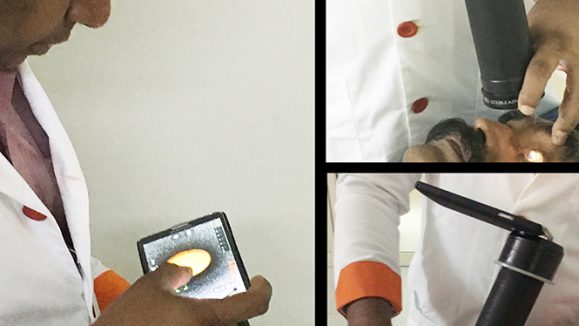Neuralink (Fremont, United States), Elon Musk’s futuristic neurotechnology company, has reported a step forward in its mission to restore vision to the blind.
On September 18, 2024, the U.S. Food and Drug Administration (FDA) granted Neuralink’s experimental Blindsight implant its coveted Breakthrough Device Designation (BDD), paving the way for expedited development and regulatory review.
The Blindsight implant is designed to restore vision to those who have lost their sight—even for individuals with extensive structural damage to the visual system—a feat that could transform the field of ophthalmology and patient care.
The Blindsight device “will enable even those who have lost both eyes and their optic nerve to see,” Musk posted on X (formerly Twitter).
The announcement marks a pivotal moment for Neuralink, which was founded in 2016 with the goal of merging cutting-edge technology with brain-computer interfaces to revolutionize treatment options for individuals with disabilities.
The FDA’s Breakthrough Device Program is reserved for medical devices that offer the potential for more effective treatment or diagnosis of life-threatening or debilitating conditions.
This designation not only accelerates the development process but also allows Neuralink to work closely with FDA experts to address challenges during premarket review. Devices granted this status are fast-tracked through clinical trials, making it easier to bring them to patients in need.
The Blindsight implant uses a brain chip interface to process and transmit neural signals from the visual cortex, bypassing damaged eyes and optic nerves. In theory, this would enable individuals without functional eyes to perceive visual information.
While this is not the first technology aiming to achieve vision restoration, it stands out due to its potential to benefit those who were born blind or lost their sight due to trauma or disease—as long as the visual cortex is intact.
Early iterations of the device will likely produce basic, pixelated visual representations—analogous to early video game graphics—but there is potential for further development. As Neuralink refines the technology, higher-resolution vision and new capabilities like night vision could become a reality.
In addition to Blindsight, Neuralink is working on other brain-computer interface technologies, including an implant designed to help paralyzed patients control digital devices through thought alone. The company’s overarching goal is to restore autonomy to people with unmet medical needs and to explore new frontiers of human potential through advanced neurotechnology.
While the Blindsight device is still in the early stages of development, the FDA’s designation signals confidence in its promise. With potential human trials on the horizon, Neuralink looks poised to further its mission of pushing the boundaries of what’s possible in neurotechnology—offering new hope for individuals with profound visual impairment and possibly changing how they experience the world.



